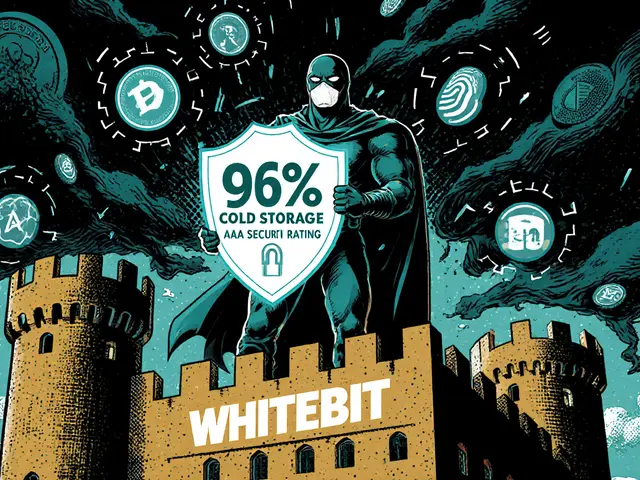Mining Pool Centralization: What It Means and Why It Matters
When talking about Mining Pool Centralization, the concentration of mining power in a small number of mining pools that can affect blockchain security and decentralization. Also known as pool centralization, it creates a scenario where a handful of operators control a large share of the network’s hash rate. This phenomenon increases the risk of 51% attacks because fewer entities can collude or be coerced into malicious behavior. Mining pools are groups of miners who combine their computing power to solve blocks more predictably; they provide steady payouts but also become points of power concentration. Hash rate distribution measures how that power spreads across the network, and a skewed distribution signals centralization. The backbone of most crypto networks, proof‑of‑work, depends on many independent miners to keep the ledger honest. When mining pools dominate, the original goal of decentralization gets compromised, making the system less resilient to attacks and censorship.
How Centralization Affects Security and Market Dynamics
Centralized pools can dictate transaction fees, prioritize certain transactions, or even delay block propagation if they choose to. This control creates a feedback loop: higher fees attract more miners to the dominant pools, which further tightens their grip on the hash rate. The triple pool centralization → fee manipulation → reduced network neutrality showcases a direct cause‑effect chain. Moreover, when a few pools hold the majority of hashing power, they can influence the release of new blocks, subtly shaping market sentiment and price volatility. Investors watching mining pool statistics often look for signs of concentration as an early warning for potential network instability. On the flip side, smaller pools and solo miners act as a counter‑balance, restoring decentralization by spreading the hash rate more evenly. Tools like pool monitoring dashboards and hash rate analytics help users spot dangerous trends before they become critical.
Below you’ll find a curated set of articles that dig deeper into these ideas. We cover everything from the technical mechanics of hash rate distribution to real‑world case studies of pool‑driven attacks, plus practical tips on how miners can diversify their participation. Whether you’re a solo miner, a pool operator, or just curious about blockchain health, the guides here give you the context you need to understand and react to mining pool centralization.






